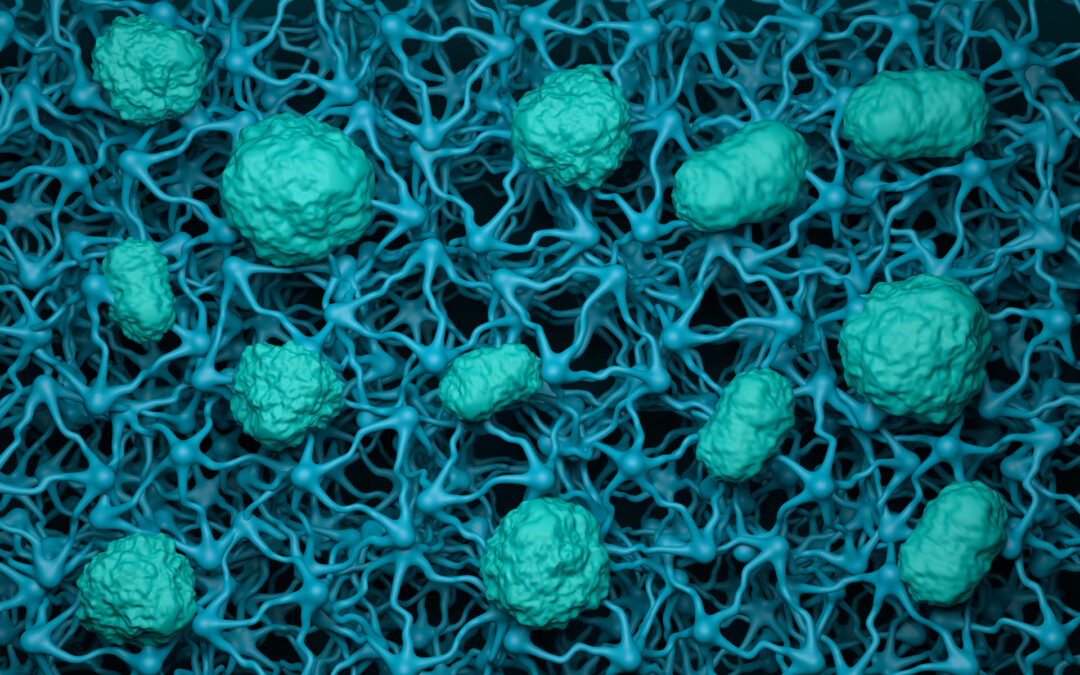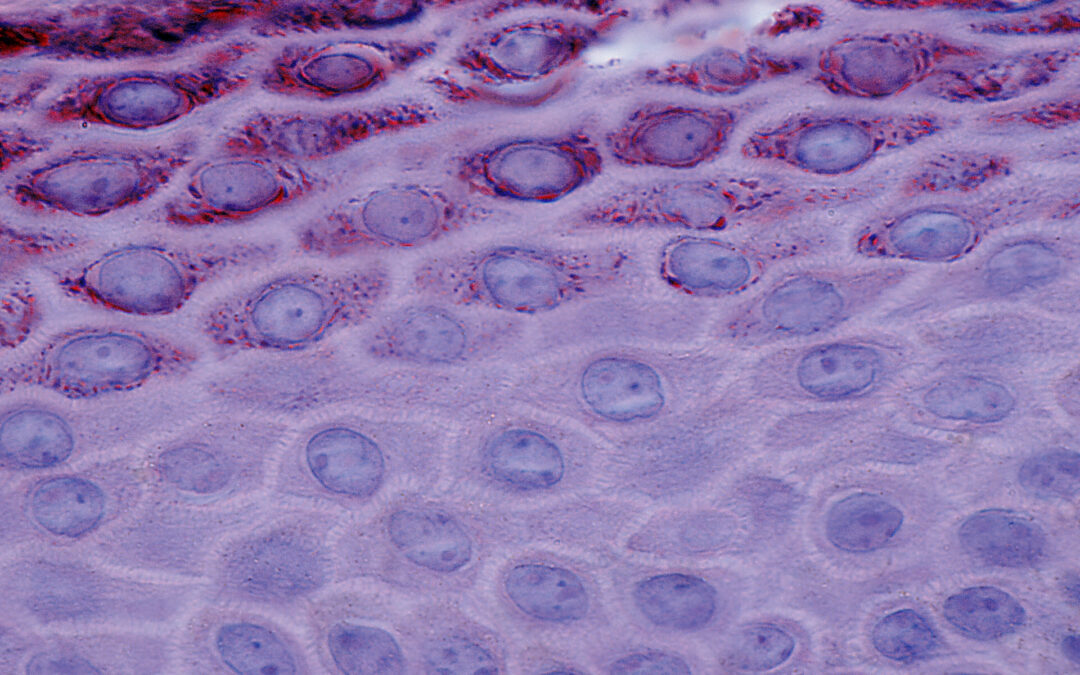
by Karen O'Hanlon Cohrt | Nov 6, 2025 | Cell Culture Techniques, Disease Models
How do Transwell assays help model biological barriers in the lab? What does TEER tell us about barrier integrity and tight-junction strength? How can these assays advance our understanding of drug transport and disease? Biological barriers are critical for...

by Karen O'Hanlon Cohrt | Oct 6, 2025 | Disease Models, Trends
In a previous article we introduced keratinocytes and looked at their biological functions and subtypes. Here, we explore some of the main reasons researchers study keratinocytes and the various approaches used. We focus on 2D assay formats, outlining their advantages...

by Olwen Reina | Sep 13, 2016 | Disease Models
What are keratinocytes? Take a look at your hands, your face and your toes. Most of what you’re seeing are your keratinocytes. They make up over 90% of the cells of the epidermis, the outermost layer of the skin. The skin on your neck and the soles of your feet,...

by Allison Kennedy | Jun 26, 2023 | Disease Models
Liver sinusoidal endothelial cells (LSECs) are highly specialized liver endothelial cells that form a physical barrier between the blood and hepatocytes. They are the most abundant non-parenchymal hepatic cell population. LSECs play an important role in physiological,...

by Karen O'Hanlon Cohrt | May 27, 2024 | Disease Models
Mast cells are tissue-resident immune cells derived from the myeloid lineage, and along with basophils, eosinophils and neutrophils, they belong to the granulocyte family of white blood cells. First discovered and named almost 200 years ago by German pathologist...

by Karen O'Hanlon Cohrt | Dec 9, 2024 | Disease Models
Welcome back to our Cell of the Month series! This time, we are talking about Kupffer cells – what they are, what they do, and why we should want to learn more about them! Kupffer cells – the gatekeepers of the liver First described by German anatomist...







